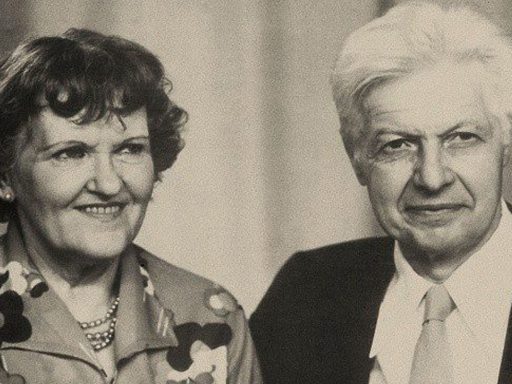
Science Museum volunteer Stephen Dalziel takes us back to 1950s England to explore the bizarre story of the Krogers.

Science Museum volunteer Stephen Dalziel takes us back to 1950s England to explore the bizarre story of the Krogers.
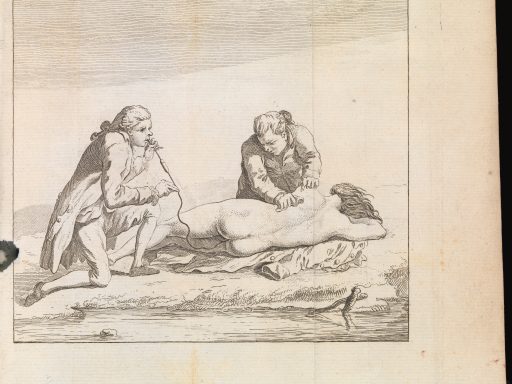
Medicine curator, Isabelle Lawrence, uncovers the history of the first aid kit and discovers how tobacco was once used in attempts to save lives.
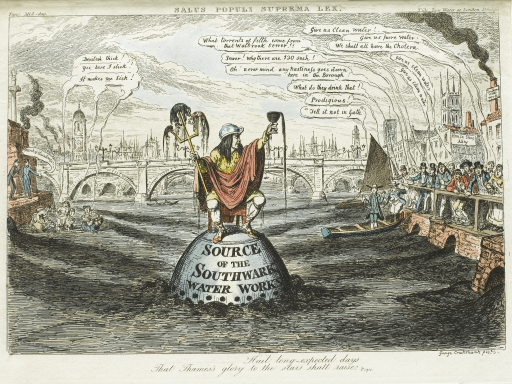
On 28 March 1819, Joseph William Bazalgette was born, known for transforming London’s sewage system and improving the health of Victorian Londoners.
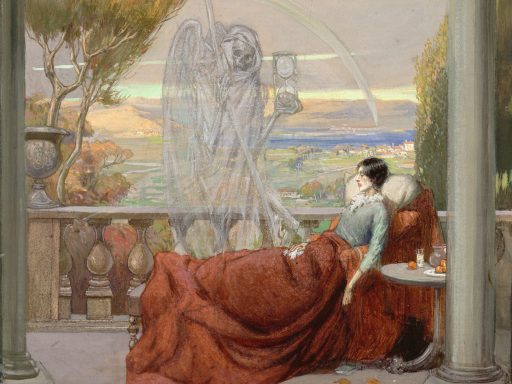
Tuberculosis has existed for thousands of years, and throughout its long history has been shrouded in myth and mystery.
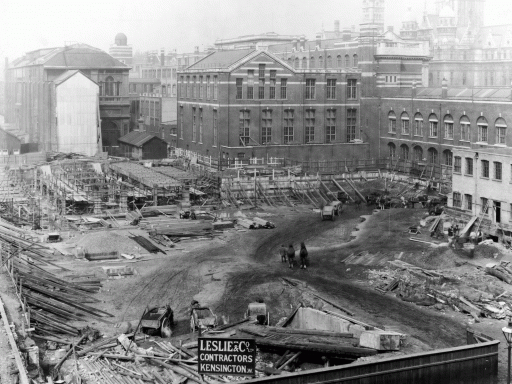
In 2016, the Research & Public History team embarked on the challenge of bringing old silent film technology to life through music. Megan Bradbury explains more.
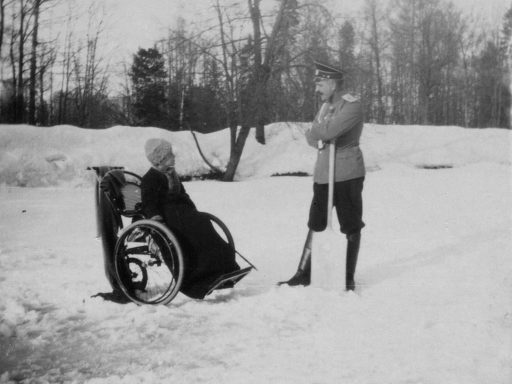
Having visited our exhibition The Last Tsar: Blood and Revolution, Luke Pembroke reflects on what it’s like to live with haemophilia today.
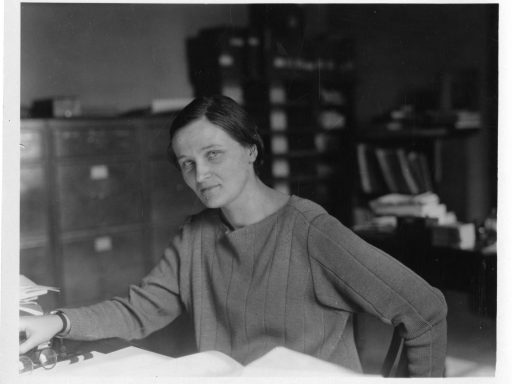
Amy Davy explores the life and work of Cecilia Payne, a remarkable scientist who changed our understanding of the Sun.

To coincide with the winter solstice, English Heritage curator Heather Sebire tells us about how the Sun is celebrated at Stonehenge.
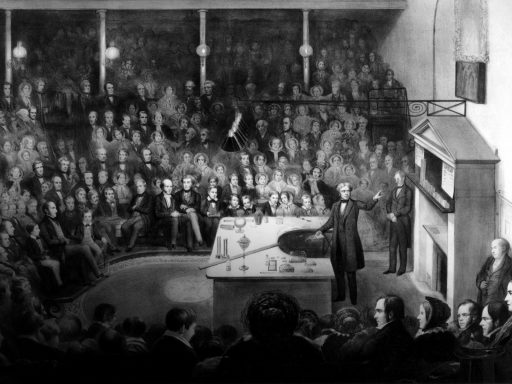
In the run up to Christmas, Associate Curator Rupert Cole visits the Chemistry-Ghost of Christmas Past to explore how Victorians celebrated with science.
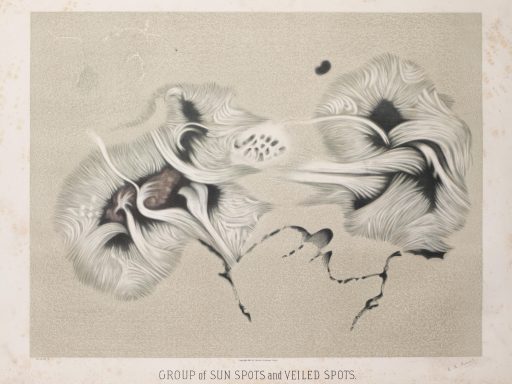
We discover four people whose work has shaped our understanding of and ongoing fascination with our nearest star.
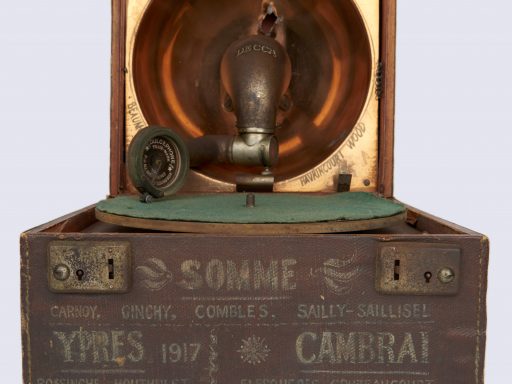
On the centenary of the end of the Great War, photographer Judit Gyula uncovers a remarkable gramophone from the Western Front.
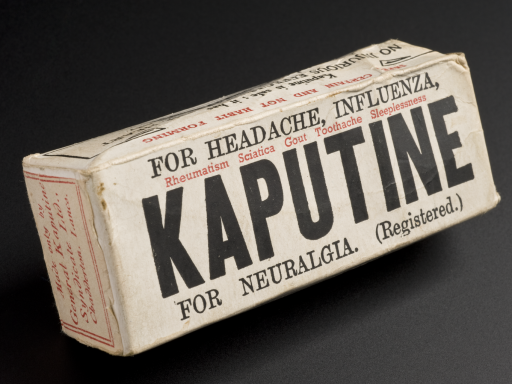
In 1918, as the First World War ended and peace celebrations began, a new enemy emerged – the Spanish flu.